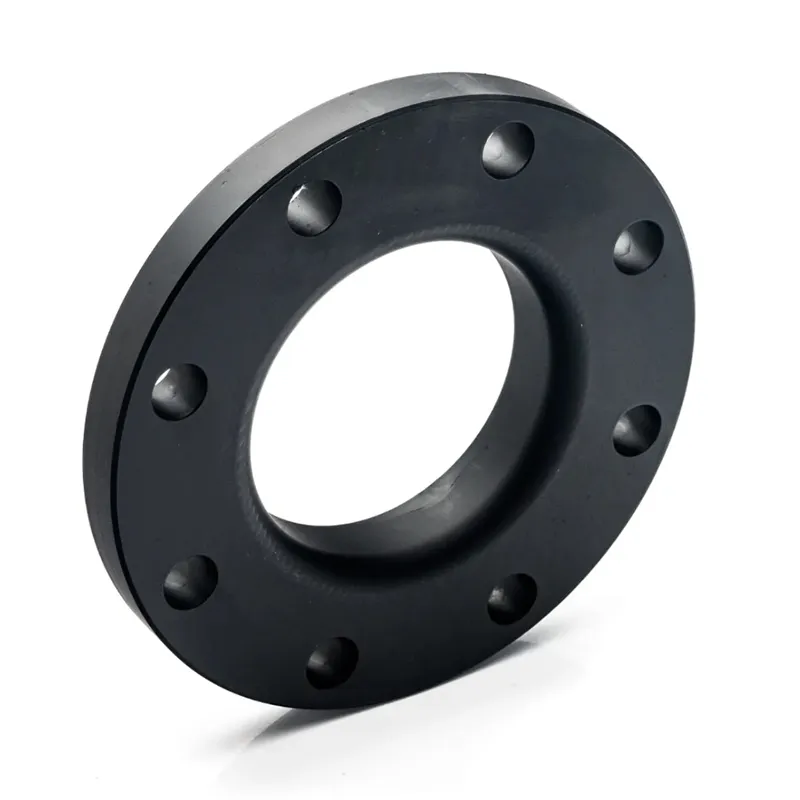-
Cangzhou Yulong Steel Co., Ltd.
-
Phone:
+86 13303177267 -
Email:
admin@ylsteelfittings.com

Nov . 19, 2024 12:22 Back to list
pipeline welding types
Understanding Pipeline Welding Types
Pipeline welding is a fundamental aspect of constructing and maintaining the vast network of pipelines that transport gas, oil, and other fluids across great distances. The effectiveness and safety of these pipelines depend heavily on the quality of the welding used in their construction. Different types of welding techniques are employed in pipeline welding, each with its own set of advantages, applications, and considerations. This article will explore the various types of pipeline welding methods and their significance in the industry.
1. Shielded Metal Arc Welding (SMAW)
Also known as stick welding, Shielded Metal Arc Welding (SMAW) is one of the oldest and most widely used welding techniques for pipelines. It involves the use of a consumable electrode coated in flux, which protects the weld area from contamination. SMAW is known for its versatility and portability, making it ideal for outdoor and field applications.
Despite its advantages, SMAW is not without limitations. It can be slower compared to other methods, and the quality of the weld is highly dependent on the skill of the welder. Nonetheless, its cost-effectiveness makes it a popular choice, especially for small-scale pipeline projects.
2. Gas Tungsten Arc Welding (GTAW)
Gas Tungsten Arc Welding (GTAW), commonly known as TIG welding, utilizes a non-consumable tungsten electrode to produce the weld. In this process, a filler metal may be added to the weld pool, and an inert gas (usually argon) shields the weld from atmospheric contamination. GTAW is renowned for its ability to produce high-quality welds with precise control over the heat input.
GTAW is particularly beneficial for welding thin-walled pipes and is often used in industries where quality is paramount, such as in the aerospace and chemical sectors. However, the process can be slow and requires a high level of skill, making it less practical for large-scale pipeline projects.
3. Gas Metal Arc Welding (GMAW)
Gas Metal Arc Welding (GMAW), or MIG welding, is an efficient and highly automated welding process ideal for pipeline construction. It employs a continuous wire feed electrode and an inert gas shield to maintain a clean weld environment. GMAW is favored for its speed and the ease with which it can be automated, making it suitable for mass production.
pipeline welding types

In pipeline welding, GMAW is often employed where high deposition rates are necessary. However, it requires a stable power supply and can be sensitive to wind and environmental conditions, which may lead to difficulties in outdoor applications.
4. Submerged Arc Welding (SAW)
Submerged Arc Welding (SAW) is a process where an arc forms between a continuously fed electrode and the workpiece, while the weld pool is submerged under a blanket of granular flux. This method provides excellent penetration and is highly efficient, making it one of the preferred techniques for thick-walled pipelines.
The advantages of SAW include minimal exposure to the elements, which results in less contamination and a cleaner weld. However, it is typically limited to flat or horizontal positions and requires a prepared weld joint, which may not always be feasible in complicated pipeline scenarios.
5. Flux-Cored Arc Welding (FCAW)
Flux-Cored Arc Welding (FCAW) is similar to GMAW but uses a tubular wire filled with flux instead of solid wire. This allows the process to be used with or without shielding gas, providing flexibility in different environments. FCAW is particularly effective for thicker materials and is often used in construction projects requiring high deposition rates.
FCAW combines the advantages of SMAW and GMAW, offering high speed and good weld quality. Still, it can produce significant smoke and fumes, which necessitates proper ventilation, especially for indoor applications.
Conclusion
Understanding the various types of pipeline welding is essential for ensuring the integrity and longevity of pipelines. Each method has its unique characteristics, advantages, and limitations, making it crucial for engineers and welders to select the appropriate technique for each specific application. With the continual advancement of technology and welding equipment, the quality and efficiency of pipeline welding are expected to improve further, meeting the growing demands of the industry. This adaptive approach will play a vital role in enhancing the safety and reliability of pipeline systems worldwide.
Latest news
-
ANSI 150P SS304 SO FLANGE
NewsFeb.14,2025
-
ASTM A333GR6 STEEL PIPE
NewsJan.20,2025
-
ANSI B16.5 WELDING NECK FLANGE
NewsJan.15,2026
-
ANSI B16.5 SLIP-ON FLANGE
NewsApr.19,2024
-
DIN86044 PLATE FLANGE
NewsApr.19,2024
-
DIN2527 BLIND FLANGE
NewsApr.12,2024
-
JIS B2311 Butt-Welding Fittings LR/SR 45°/90° /180°Seamless/Weld
NewsApr.23,2024
-
DIN2605-2617 Butt-Welding Fittings LR/SR 45°/90°/180° Seamless/Weld
NewsApr.23,2024











